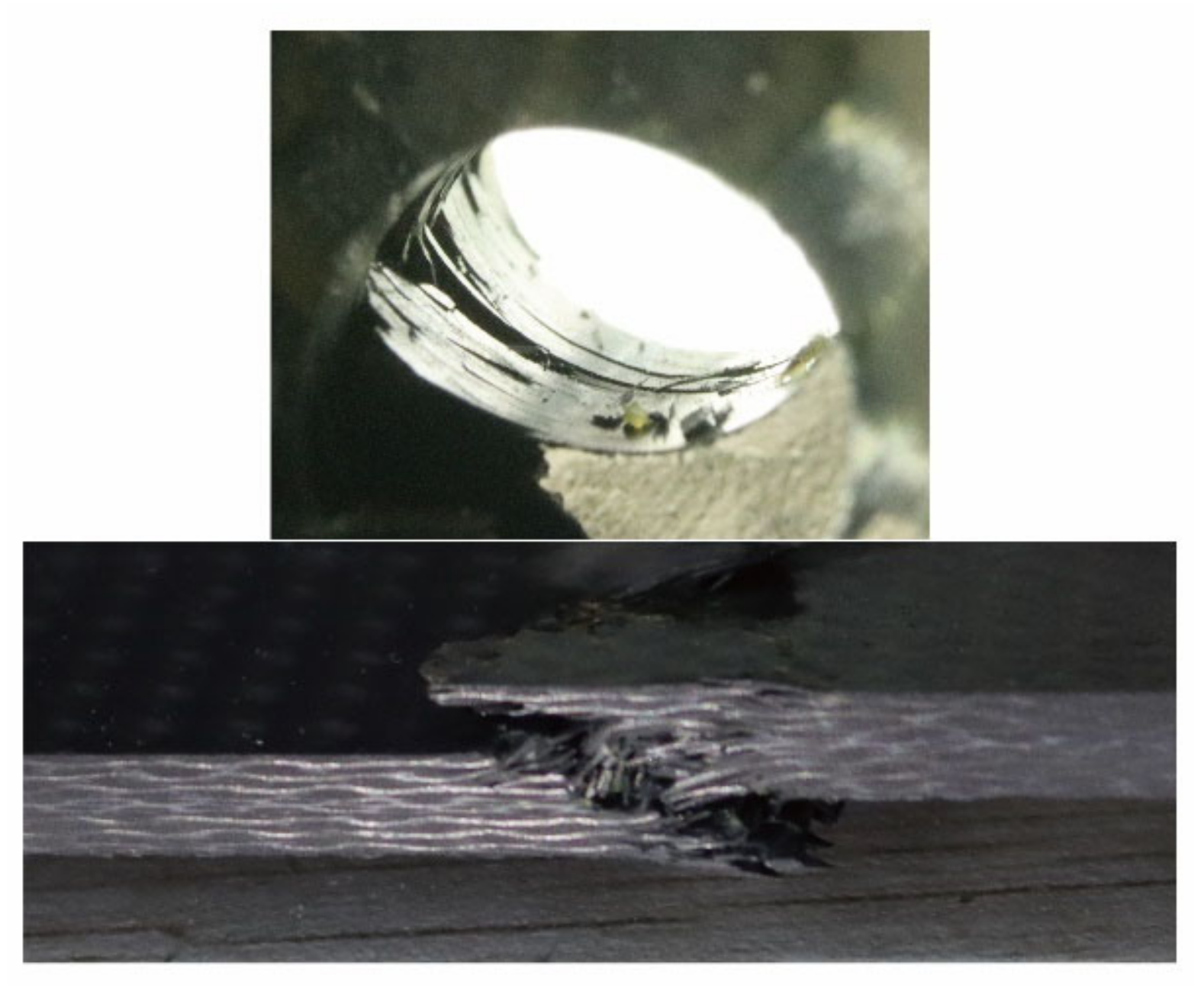

encoding with ProRes standard (apcn) profile Libx265 -enable-libxavs -enable-libxvid -enable-decklink -enable-zlib enable-libvpx -enable-libwavpack -enable-libwebp -enable-libx264 -enable. R -enable-libsoxr -enable-libspeex -enable-libtheora -enable-libtwolame -enĪble-libvidstab -enable-libvo-aacenc -enable-libvo-amrwbenc -enable-libvorbis Le-iconv -enable-libass -enable-libbluray -enable-libbs2b -enable-libcaca -Įnable-libfreetype -enable-libgme -enable-libgsm -enable-libilbc -enable-lib Isynth -enable-bzlib -enable-fontconfig -enable-frei0r -enable-gnutls -enab NOTE : the mpeg2 files I used were correctly detected as interlaced by any other video converter/analyzer.ĭ:\>d:\ffmpeg\bin\ffmpeg -f mpeg -i bug.vob -c:v prores test.movįfmpeg version N-68289-g208c03a Copyright (c) 2000-2014 the FFmpeg developersĬonfiguration: -enable-gpl -enable-version3 -disable-w32threads -enable-av Here I output a prores422 file but it's the same with a rawvideo avi. The bug is not dependant of the output pixel_format. To be able to easily check for the bug, the odd and even fields should have a heavy chroma variation but a light luma variation (ie same luminosity but different colors).

This bug generates such chroma artifacts that the quality of the video is greatly degraded when it needs to be deinterlaced/scaled/transcoded after the ffmpeg conversion. In the latter pixel format, odd and even lines don't share the same chroma data. => the bottomline is that yuv420 chroma coding is different in progressive and interlaced. Looks like it's unsupported by the mpeg2video decoder. In addition, -pxl_fmt seems to be ineffective to force the input decode (ffmpeg fires an error : 'Option pixel_format not found'). This bug is present when decoding the following mpeg2 formats : VOB, MPEG-PS, MPEG-TS.Īvcodec seems to decode interlaced videos using yuv420p pixel format, but it should instead default to any 422 format in this case (or a yuv420i format, but it looks to be unavailable in ffmpeg). When using an interlaced mpeg2 source, the yuv420 chroma is interpreted as progressive chroma instead of interlaced chroma.


 0 kommentar(er)
0 kommentar(er)
